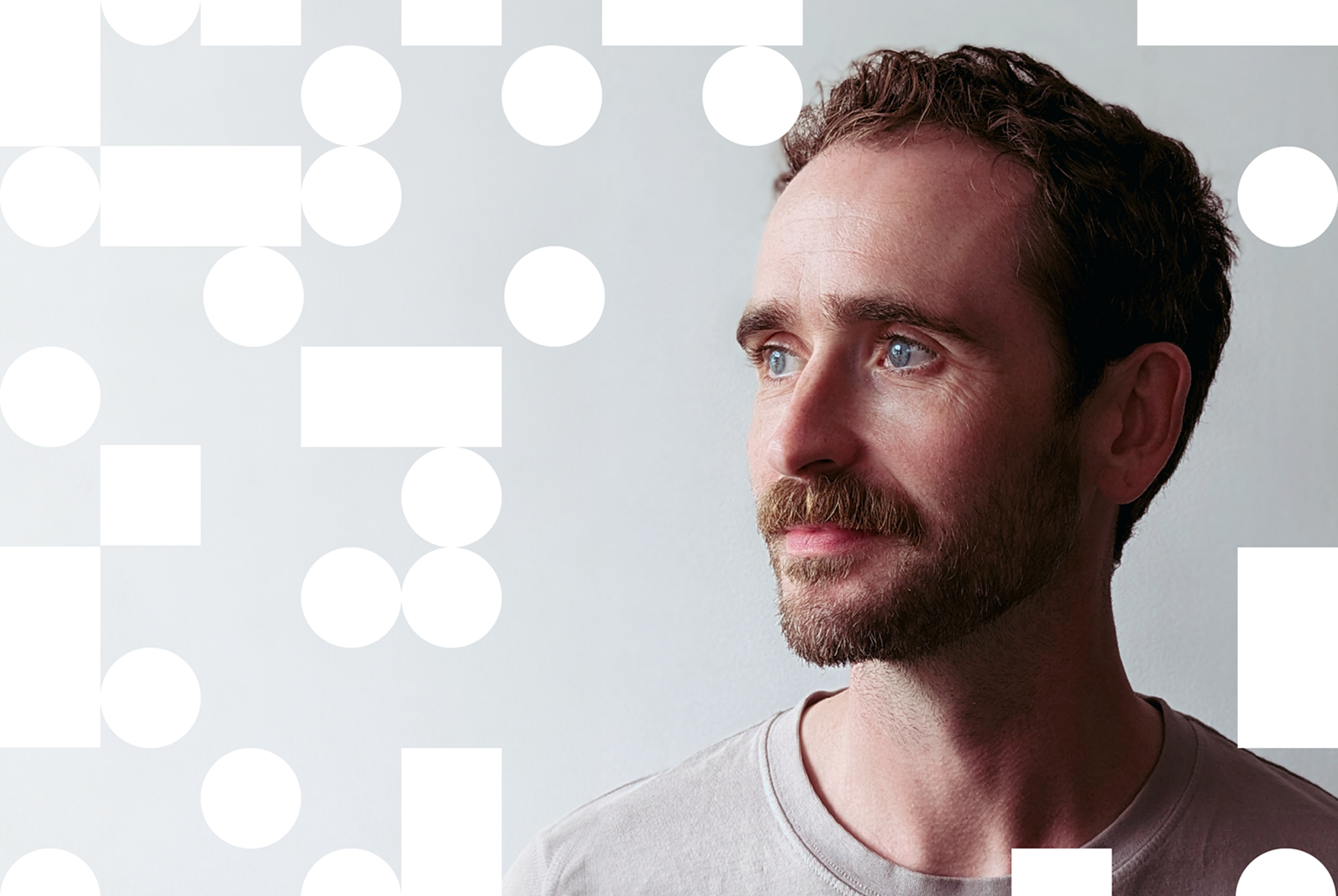Today, I’m writing this from my studio on a Friday afternoon. I’m not great at working from home so I spend most of my working week here. It's somewhere that’s dedicated to work and I feel like I’m in a bit more of a focused mode when I’m here. I share it with lovely humans Aisling, Conor, and Izzy and it helps me to speak to other people at work, otherwise I feel a bit like a subterranean cretin after a day or two working solo.
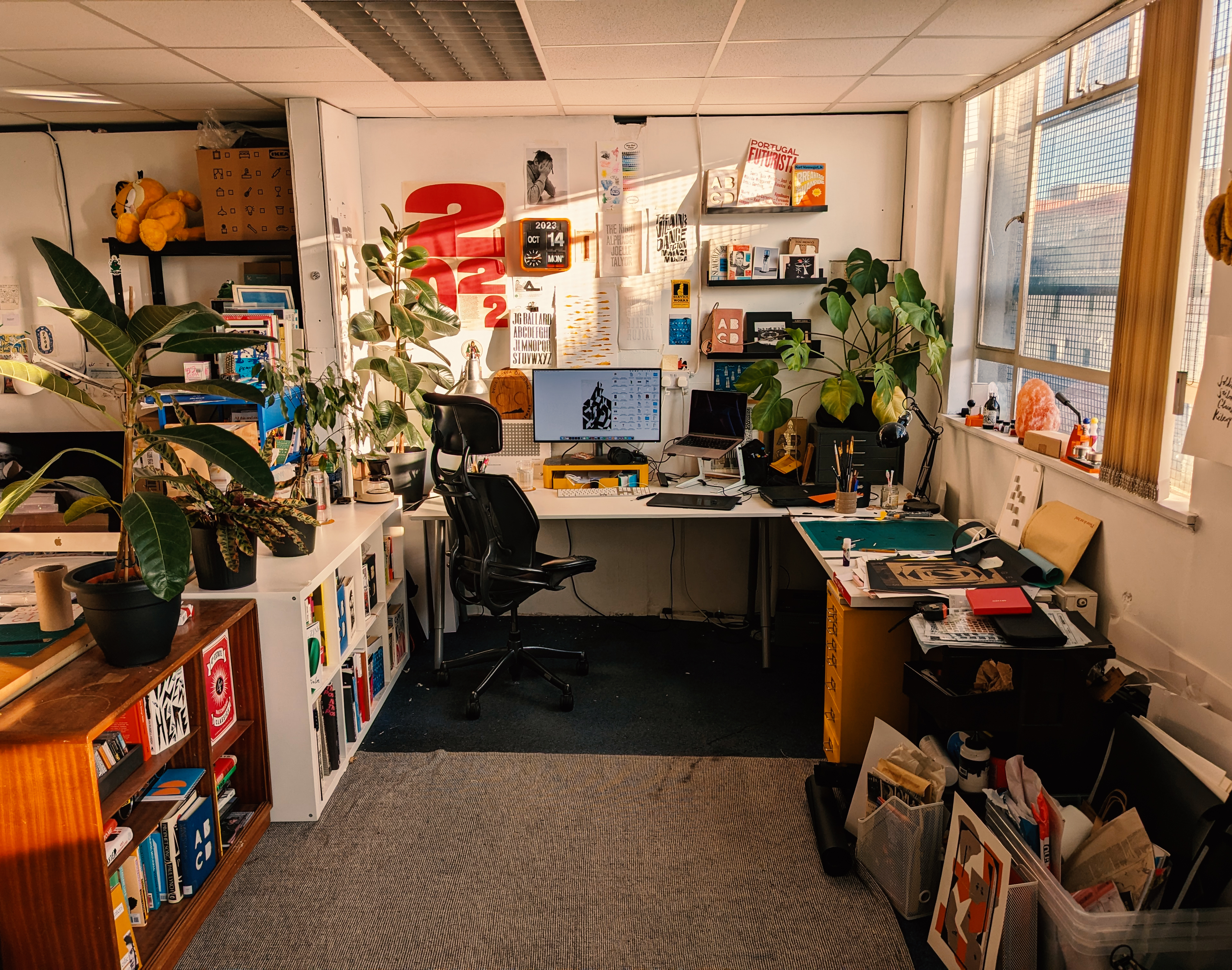
The more you know
I’m a freelance designer and illustrator who mostly works on book covers. Over the past few years I’ve been lucky to do some editorial illustration work, but 95% of my work is for book publishers.
There aren’t many book cover designers around – it’s a niche job in the design world. I’ve been doing it for about 10 years, 5 years inhouse in Art Departments in publishers in London and 5 years freelance, and I still find it incredibly challenging. One would think that the longer you do something, the better you get, but I’m not sure that’s the case. The more you know your way around something, the harder it is to make something new, something surprising, and that’s the challenge for me these days.
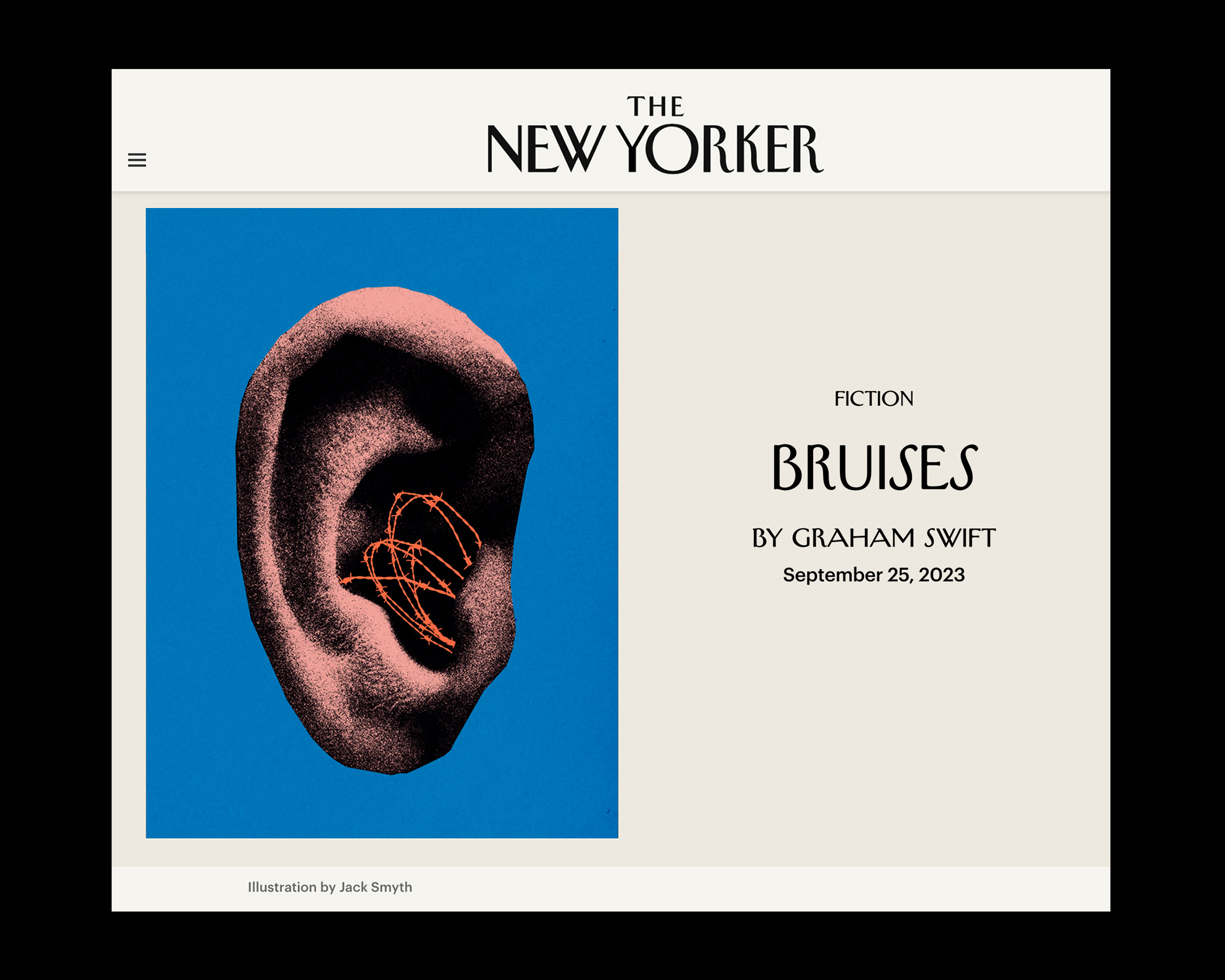
I’m a bit of a late bloomer – I was 26 before I started designing. I grew up at a time when university was free and rents were low and that allowed me the time I needed to get my act together.
I didn’t study design or illustration at undergrad level but I landed a job doing design in Tower Records and fell in love with it. Eventually I decided to go and study design because I had no idea what I was doing, so I moved to London to undertake an MA in Graphic Design. While studying, I managed to land an internship with the Art Department at the publisher Little, Brown which eventually turned into a full time role.
I stayed working inhouse for 5 years, for three different publishers in London. I learnt so much from a lot of different people and I can’t understate the value of that time inhouse. That was my real design education and those years shaped how I approach work.
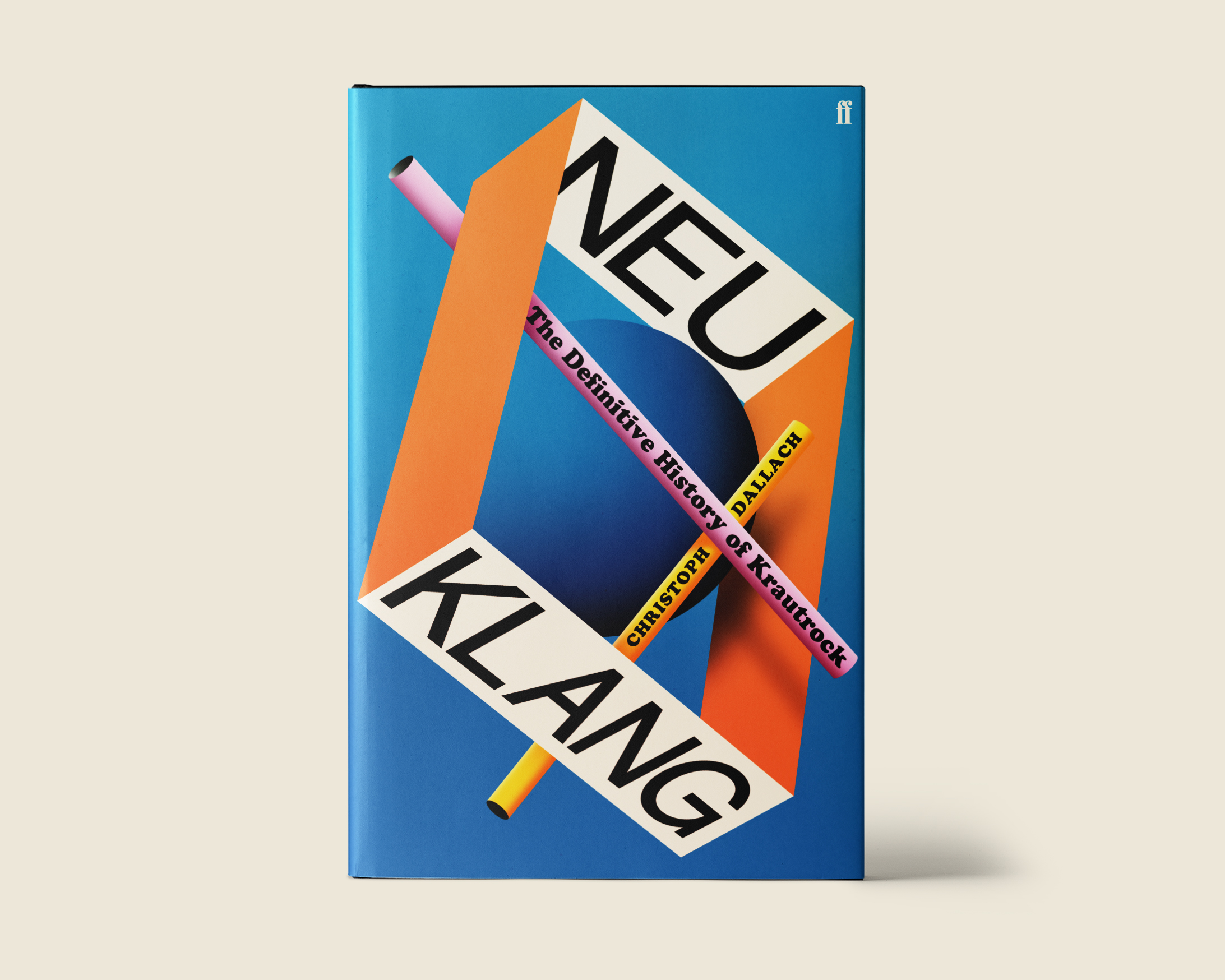
Whatever the cover needs
One of my favourite things about designing book covers is the variety of roles you can have in one day. Graphic design, illustration, collage, photography, lettering — I do whatever the cover needs. I enjoy having a less defined ‘thing’ that I do. It means I can let the text steer me towards the right outcome instead of me shoehorning my approach onto every book that gets sent my way.
I’m a big fan of making physical things for work, even if it’s just part of the process and doesn’t make it onto the final page. The scanner is one of my favourite tools. I love how it squashes whatever you put in there and it makes it have this stark, uncomfortable feel to it. There’s nowhere to hide with a scanner — the thing you put in there is either good or bad and you’ll find out soon enough. I think there’s a real communicative value to a handmade element within a visual.
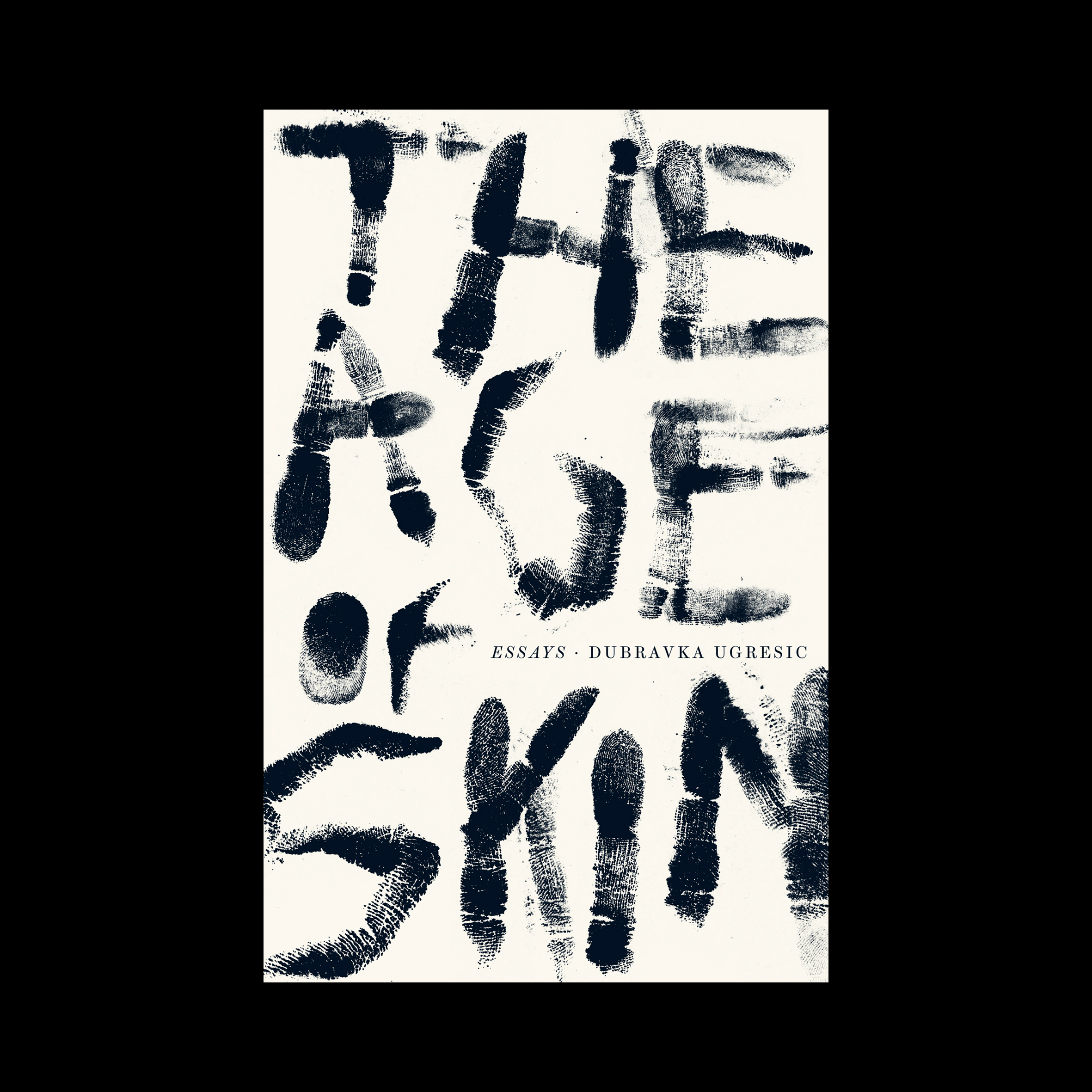
We exist in an increasingly digital world and I think people respond to handmade work in a more engaged way. When the viewer sees the imperfections of something that hasn’t been perfected in the Adobe Suite, it communicates to them that another human has crafted this message for them and I think that’s an increasingly valuable voice to be speaking in.
I think that the best work comes from treating the viewer with intelligence. I try to push back when clients want to reduce an idea or graphic approach out of fear that someone won’t be able to read it or they won’t get the idea. Not everything has to be obvious at first glance, and not every book cover has to tell you everything about the book.
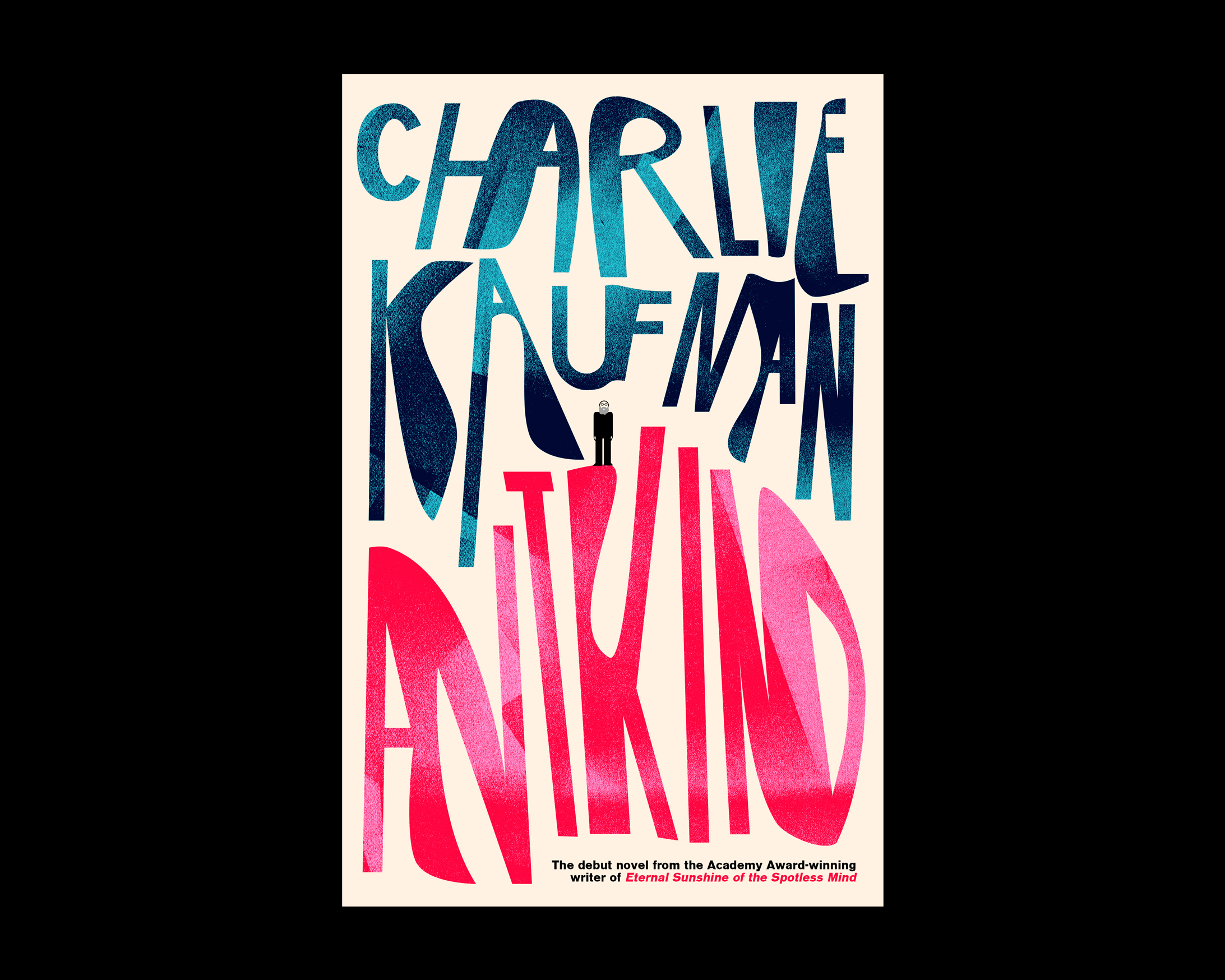
Always do better
I met Art Director Nico Taylor in my first job at a publishers 10 years ago. Nico is now one of my closest friends and we talk all the time about work — what’s good and what’s bad, who’s making exciting work and what we’re trying to achieve. Even though we don’t work together in the strictest sense, Nico and I never stopped collaborating because we push each other and encourage each other to always do better work. Being freelance is less daunting when you have people who you can discuss work with.
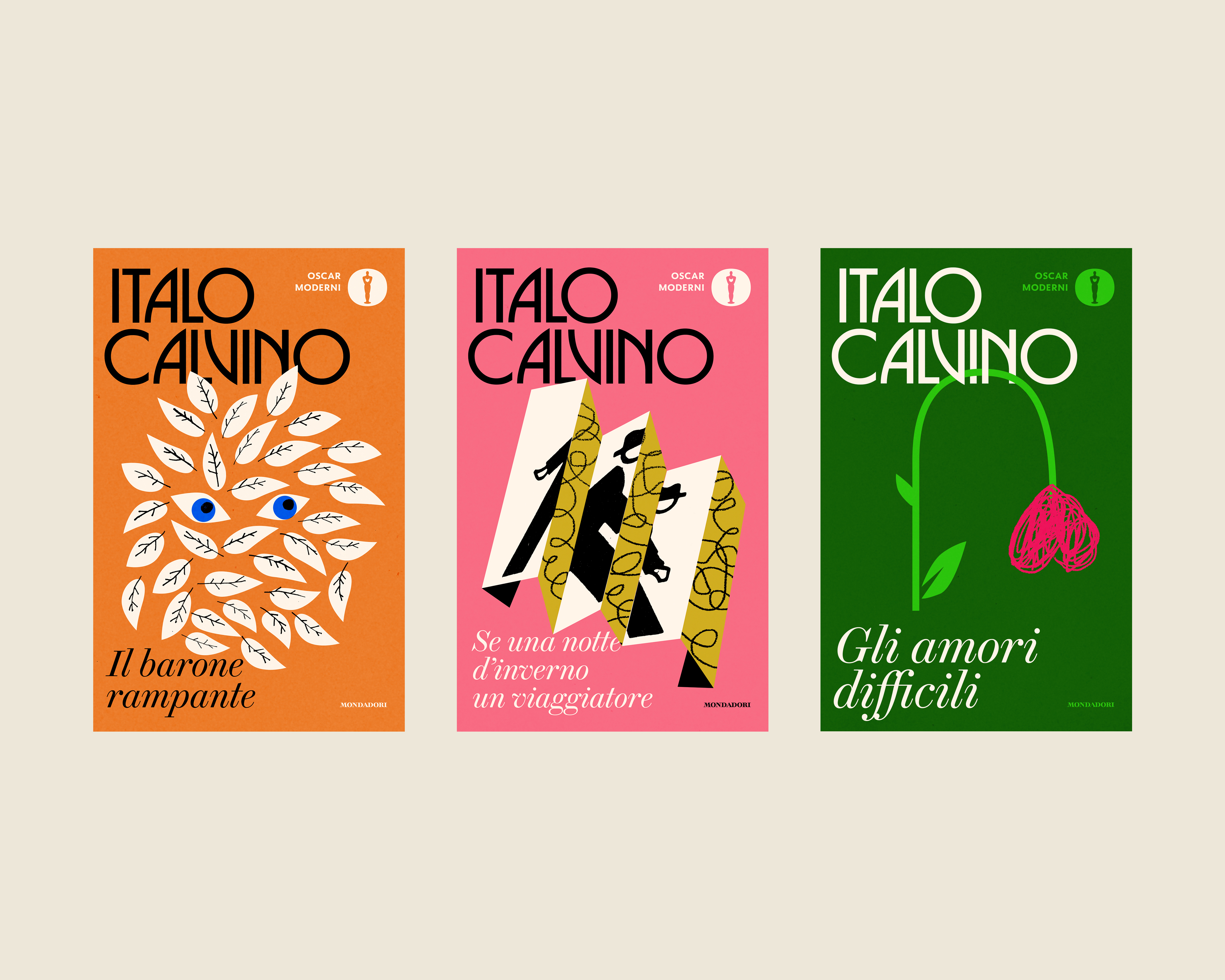
I live in the idea that I’m constantly just about to make my best work. Obviously I never do, but that’s the feeling, that’s the motivation — the excitement of what could be. What’s around the next corner is always enthralling and I never think that my best work is already behind me.
I was lucky to redesign 33 of Italo Calvino’s covers for Italian publisher Mondadori (art directed by the brilliant Cecilia Flegenheimer). I’ve been a huge Calvino fan for years and it was a dream project in many ways.
Last year I designed the cover of Prophet Song by Paul Lynch which went on to win the Booker Prize. Of course I had no idea that this would be the case when I was working on the cover, but it’s funny how I get to go along for the ride when a book I’ve worked on takes off or becomes revered like that.
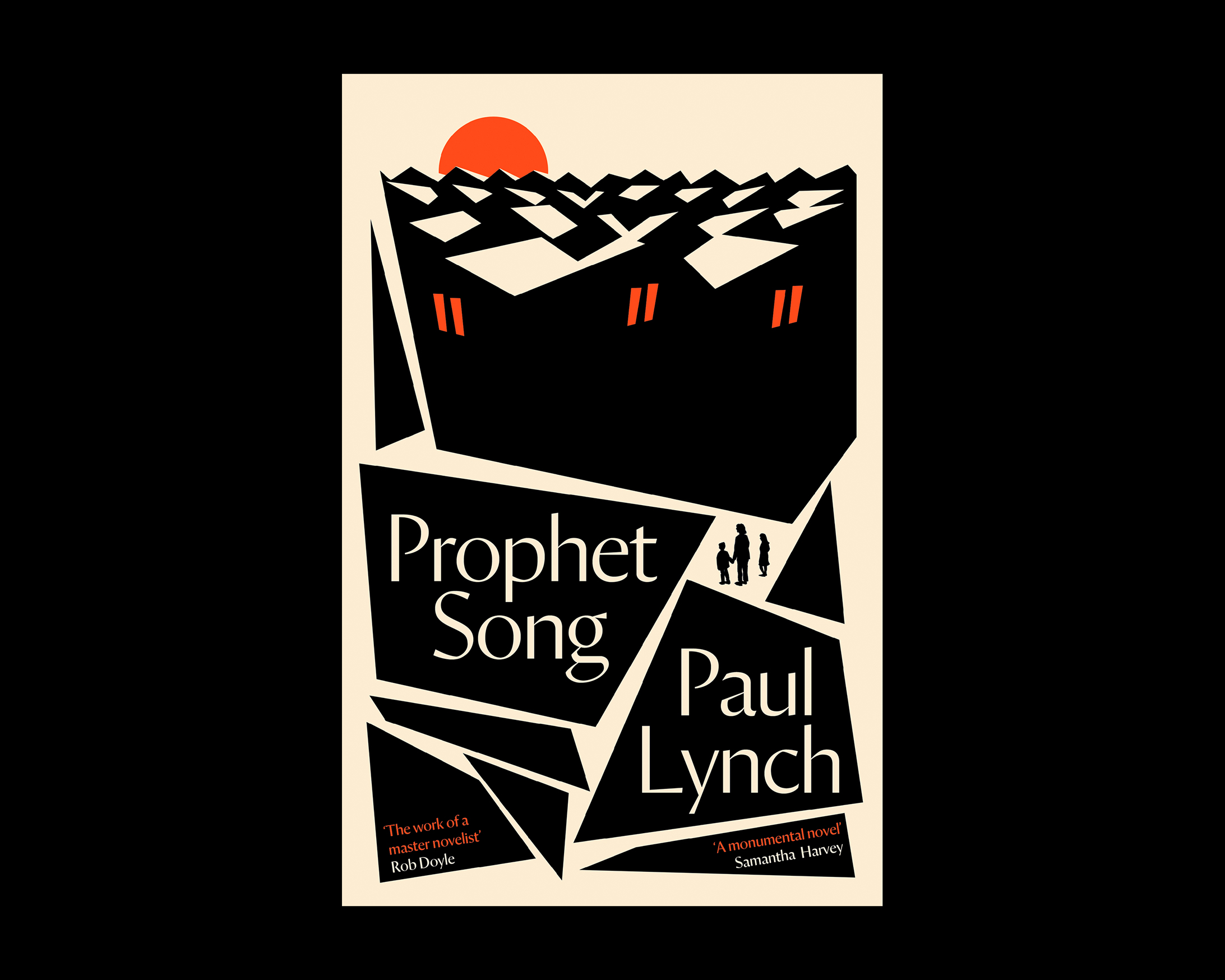
Not London / Not internet
Moving from London back to Dublin was difficult. Nothing about the day to day work changed for me, but I was worried that I’d suffer from not being in London, which I think is a common experience. I can happily confirm that living in Not London is not a death sentence.
All in all, I think what I've learned is that it's important to turn up everyday. Make things with your hands. Be ok with things going wrong. Stay off social media for as much time as possible. Listen to people. Look out the window. The answers are not on the internet. Be honest with yourself when you’ve made something bad. Be honest with yourself when you’ve made something good.
Enjoy yourself, it’s all just words and pictures.
